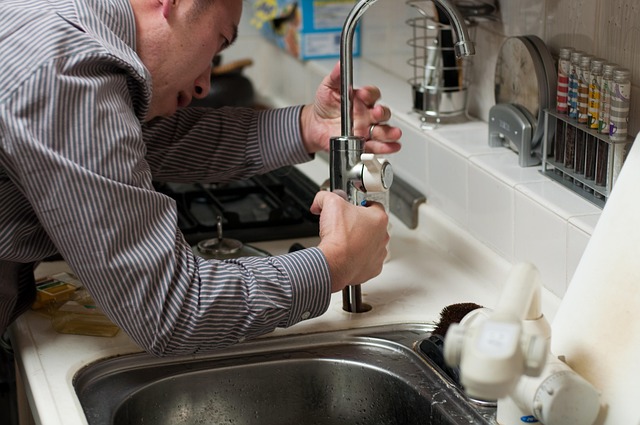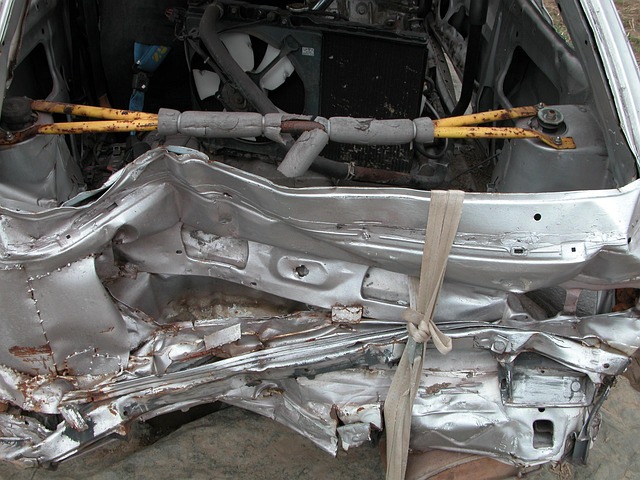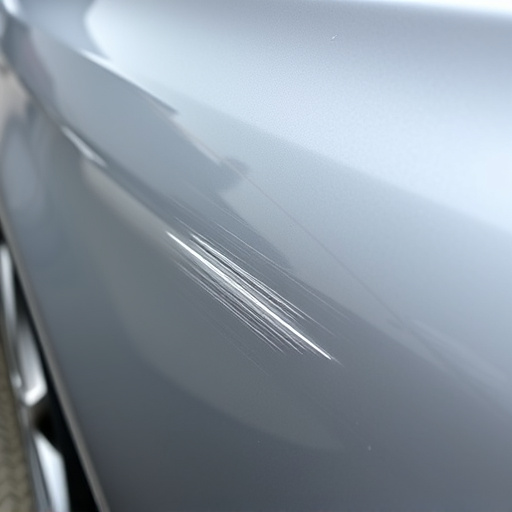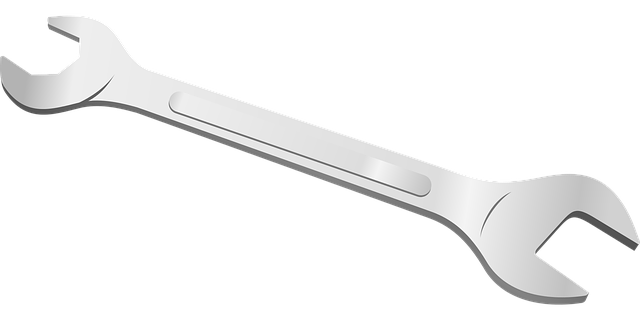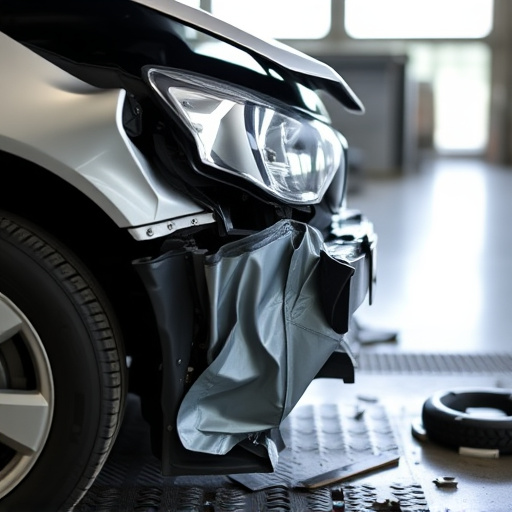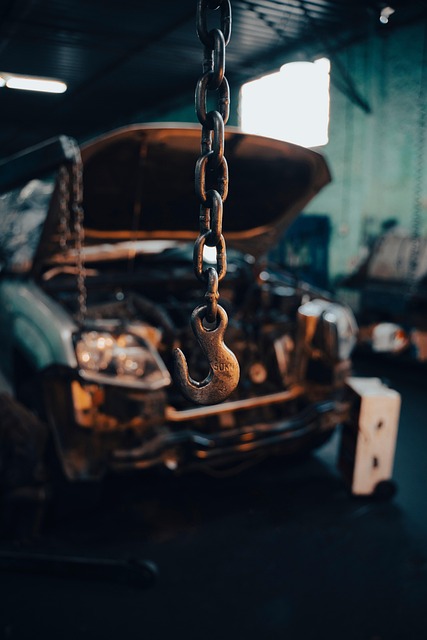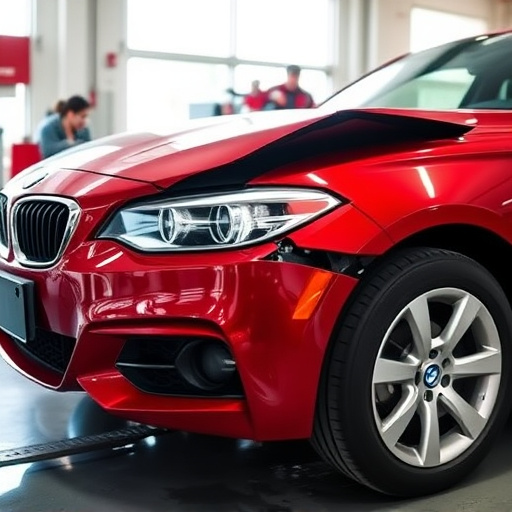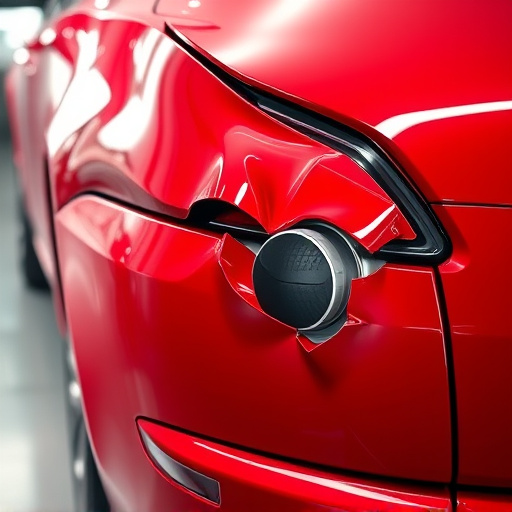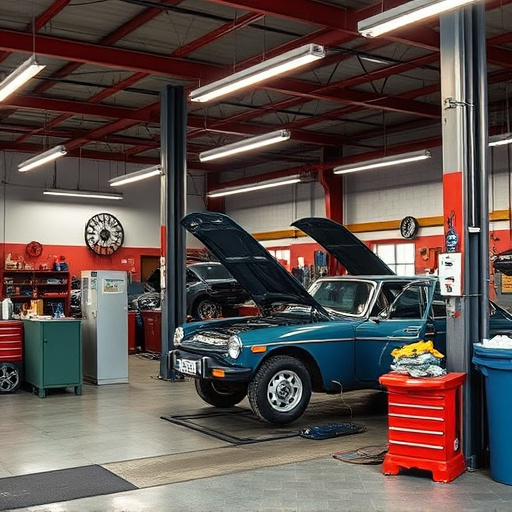Tesla remote diagnostics after repair revolutionize vehicle maintenance, especially for electric cars, enabling detailed remote checks for accuracy and optimal performance, including battery calibration. This technology benefits collision centers and restoration specialists by improving efficiency, reducing human error, and providing peace of mind to car owners. Tesla's rigorous post-repair verification process ensures high standards through powerful remote diagnostics, saving time and maintaining commitment to top-tier service. Integration offers convenience, faster processing times, and seamless servicing, despite data protection challenges during complex repairs.
Tesla’s remote diagnostics play a pivotal role in the post-repair verification process, ensuring optimal vehicle performance. This article delves into the intricacies of Tesla’s remote diagnostics, explaining how they function and their benefits for both repairs and quality control. After completing a repair, Tesla remotely verifies that all systems operate as intended, streamlining the process and enhancing customer satisfaction. However, challenges exist in implementing this technology, including data privacy concerns and potential technical hurdles.
- Understanding Tesla Remote Diagnostics
- Post-Repair Verification Process Overview
- Benefits and Challenges of Remote Diagnostics for Tesla Repairs
Understanding Tesla Remote Diagnostics

Tesla remote diagnostics after repair play a pivotal role in ensuring that your vehicle is safely and correctly repaired. These advanced systems allow Tesla to perform thorough checks from a distance, verifying that all components have been accurately installed and are functioning optimally. This process is particularly crucial for electric vehicles, where precise calibration of battery systems and motor performance is essential.
By leveraging Tesla remote diagnostics, auto collision centers and automotive restoration specialists can streamline their work, minimizing the risk of human error and ensuring a seamless return to the road for car collision repair customers. This technology not only enhances the reliability of repairs but also promotes peace of mind for owners, knowing that their vehicles are in top condition before they hit the hustle and bustle of daily life once again.
Post-Repair Verification Process Overview

After a vehicle undergoes any repair service, whether it’s a simple tire service or more complex tasks like bumper or fender repair, Tesla employs a robust post-repair verification process to ensure everything is in order. This involves utilizing Tesla remote diagnostics after repair, enabling technicians to check that all repairs have been executed to the brand’s rigorous standards and the vehicle operates optimally.
Through this method, various systems and components are meticulously examined remotely, confirming the quality of work done. This not only saves time but also ensures a seamless ownership experience. By leveraging Tesla remote diagnostics after repair, the company maintains its commitment to offering top-tier service, ensuring every vehicle leaving their shop meets the expectations set by the electric car manufacturer.
Benefits and Challenges of Remote Diagnostics for Tesla Repairs

The integration of Tesla remote diagnostics as a post-repair verification method offers several advantages for both owners and authorized service centers. One of the key benefits is the convenience it provides; with just a few clicks, repair work can be remotely checked, eliminating the need for customers to physically bring their vehicles back to the workshop. This is particularly useful for Tesla owners who value their time and appreciate the seamless experience of having their cars serviced without disrupting their daily routines. Moreover, remote diagnostics enable faster verification processes, as technicians can swiftly assess the quality of the repair work done, ensuring that every fix meets Tesla’s stringent standards.
However, implementing this system also presents some challenges. Remote access to a vehicle’s systems requires advanced technology and secure communication protocols to protect sensitive data. In the case of classic car restoration or complex repairs involving intricate components, visual verification might be limited, making it crucial for technicians to have robust diagnostic tools at their disposal. Despite these challenges, Tesla remote diagnostics after repair represent a significant advancement in automotive service, promising enhanced efficiency and convenience in vehicle restoration, even for seemingly minor issues like a fender bender.
Tesla’s remote diagnostics play a pivotal role in post-repair verification, offering both advantages and challenges. By leveraging this technology, repair shops can streamline processes, enhance accuracy, and provide customers with efficient, transparent service. As electric vehicle (EV) ownership continues to grow, the ability to remotely diagnose and verify repairs is an indispensable tool for keeping Tesla owners on the road, ensuring their vehicles’ performance and safety.
